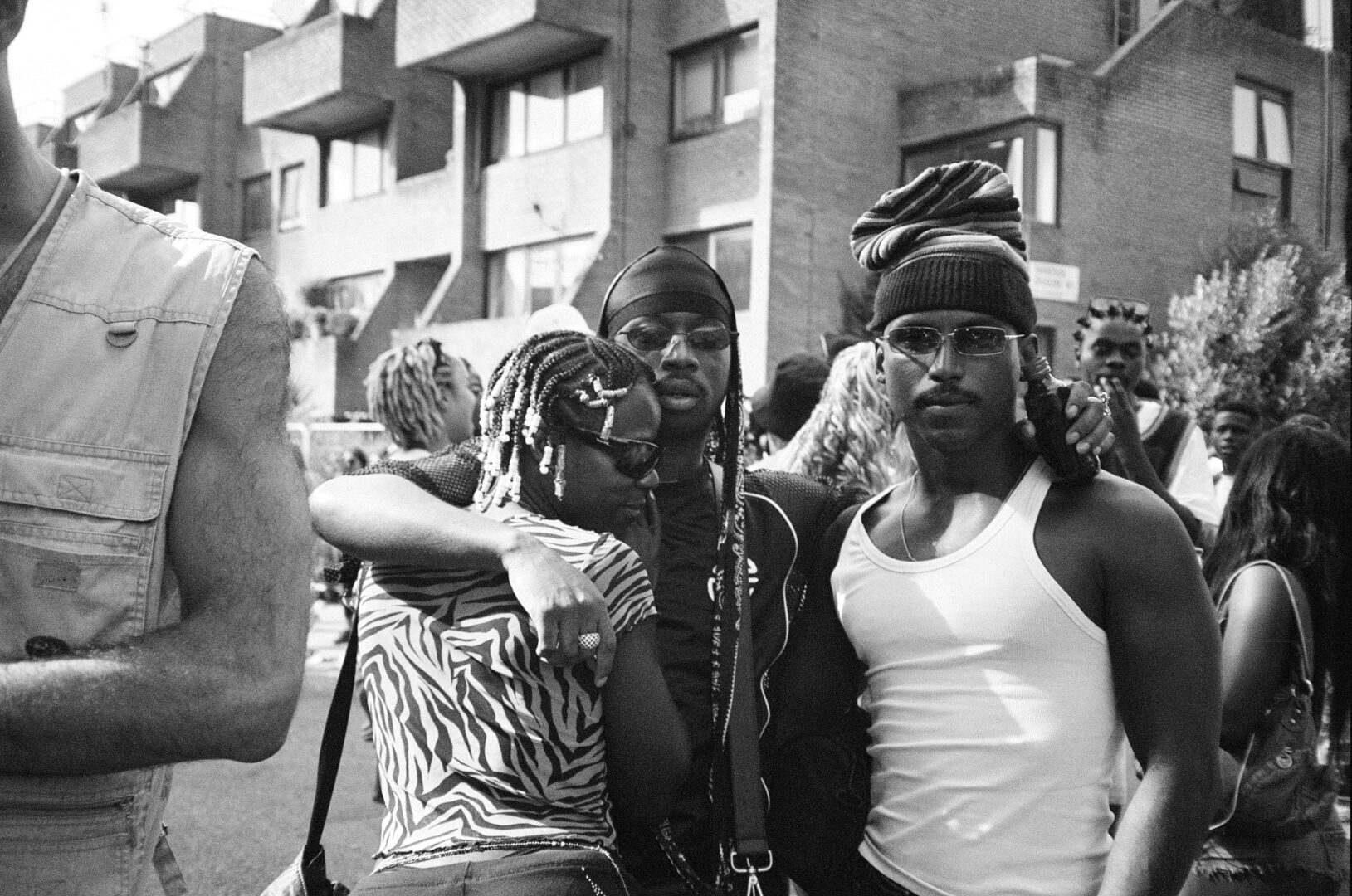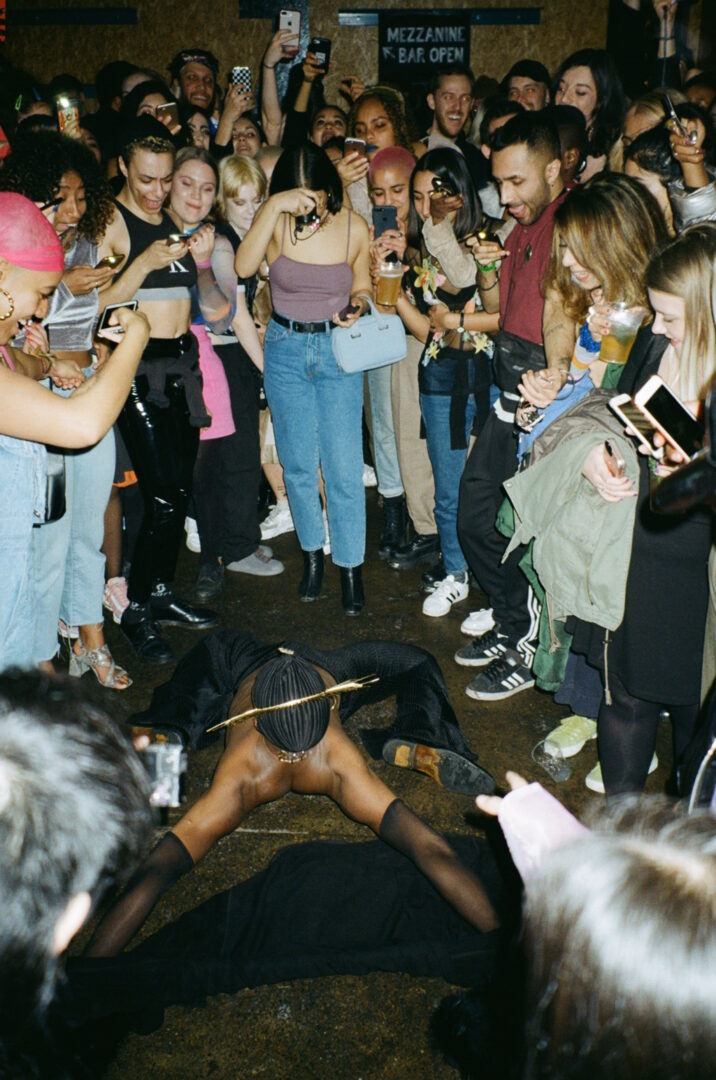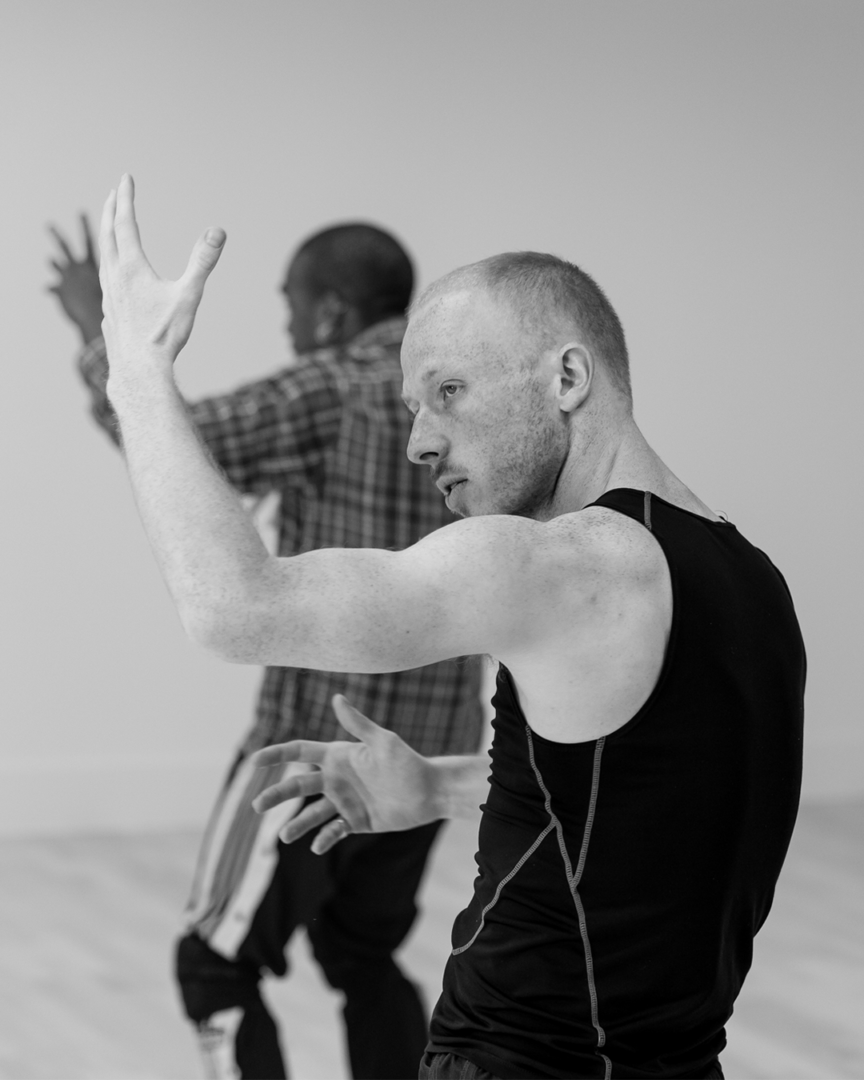
Project |
LMK WHEN U REACH
17 Jul 2025 — 26 Oct 2025
LMK WHEN U REACH is the first major institutional solo exhibition by British-Congolese artist Bernice Mulenga, marking the ten-year anniversary of their ongoing photo series, #friendsonfilm. This ever-growing archive honours the people who shape contemporary LGBTQ+ BIPOC spaces of celebration, where dancefloors become sites of intimacy, community, solidarity and resistance.

Event |
Preview: LMK WHEN U REACH
17 Jul 2025 | 18:00 — 20:00
Join us for the public preview of LMK WHEN U REACH, the first solo exhibition by British-Congolese artist Bernice Mulenga on Thursday 17 July 2025, 6–8pm.

Project |
Bystander
01 May 2025 — 02 Nov 2025
Bystander is a new commission by London-based dancer and choreographer Richard Pye, responding to the escalating realities of TLGBQIA+ discrimination.

Event |
Workshops: Movement As Resistance
29 Jul 2025 — 05 Aug 2025
Auto Italia invites TLGBQIA+ adults (25+) to take part in a series of free workshops led by dancer and choreographer Richard Pye.

Support
Donate Now!
Make a donation today and directly support the work of artists in our forthcoming exhibitions and live events.